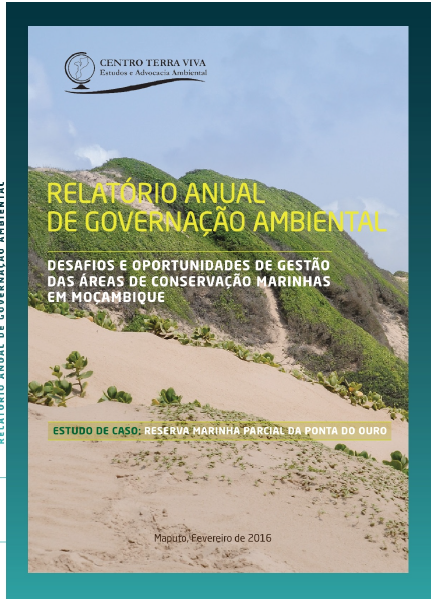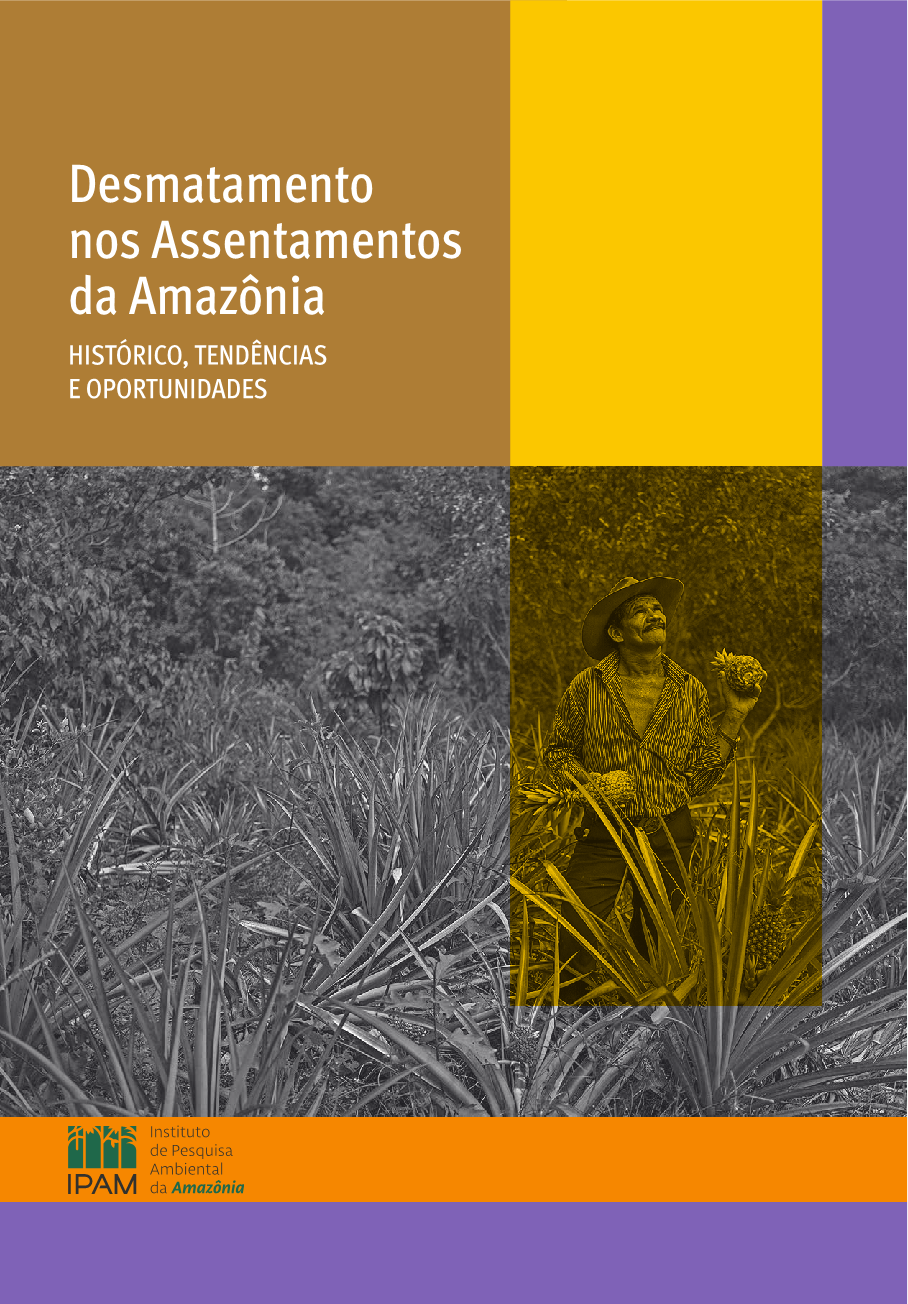Relatório anual de governação ambiental desafios e oportunidades de gestão das áreas de conservação marinhas em Moçambique
Moçambique possui uma extensa linha de costa (ca. 2470 km) que é caracterizada por uma diversidade de ecossistemas e espécies de diversidade e endemismo elevado, oferecendo uma variedade de recursos naturais com potencial para o desenvolvimento social e económico do país. A rede de áreas de conservação costeiras e marinhas do país inclui cinco reservas e parques nacionais e uma área de conservação transfronteiriça.









